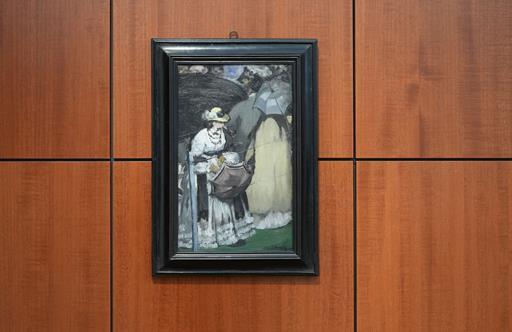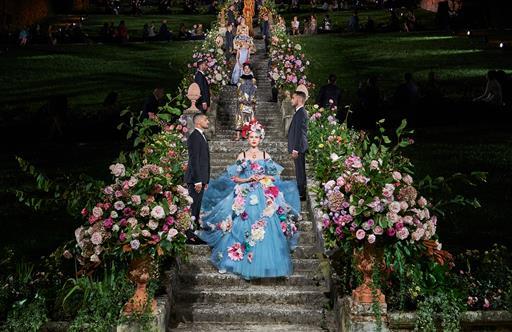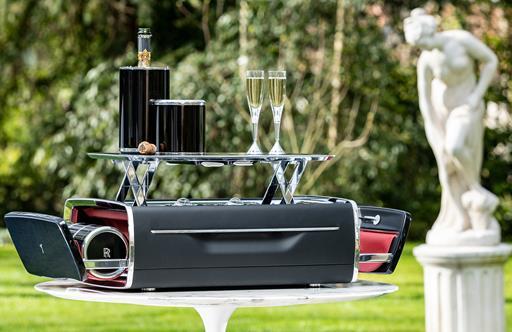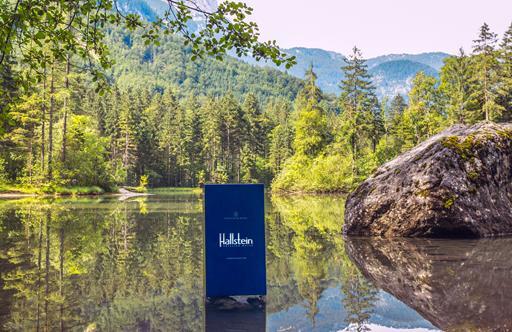South Island’s Culinary Maverick
Verging on the provocative, eccentric chef Vaughan Mabee’s obsessively crafted and always bold creations are redefining New Zealand’s culinary landscape.
Dinner at Amisfield begins with a provocation. People expect as much when they make the journey to the bottom of the world to dine at New Zealand chef Vaughan Mabee’s restaurant, which is at the Amisfield winery in the South Island’s Central Otago Valley. “We’re showcasing the difference of New Zealand,” says Mabee. “We have so many things you can’t get anywhere else.” And so, arriving at Amisfield, some of those things appear to be alive and in your face.
For the past few months, the epic evening has included an invitation to the cellar, where the chef keeps charcuterie that’s been curing for a decade or more. There, alongside the tied sausages and game legs, a pair of New Zealand mallards (“rakiraki” in Māori and on the menu) are suspended from the ceiling, seemingly in midflight.
Mabee spent three years working on the dish along with pastry chef Becky Sheffield. He shot the birds in Hawkes Bay a few years ago and taxidermied them himself. Then the chefs replaced the heads with an edible version: bills and shells made of duck fat flavoured with duck essence and garum, shining feathers made of duck egg white coloured with chlorophylls. Inside the head, there’s aerated acidic liver pâté, rillette and heart. The bill is filled with pickled Otago cherries.

“It’s a gangsta bite,” says the chef excitedly during an early-morning call, for which he’s surprisingly energetic after a late night in Melbourne with the Australian World’s 50 Best contingent. (Yes, he’s going to the ceremony in June.) He repeats that it looks like guests are “about to eat an actual duck head that’s alive”.
That dish encapsulates all you really need to know about Vaughan Mabee. The man is a hunter, a science nerd, a mad genius, a troublemaker, a mohawked Kiwi viking, a classically trained chef, a taxidermist, a child of nature and, above all, an entertainer. He’s defining what New Zealand fine dining can be. When he negotiated his contract with Amisfield in 2012, it had one main stipulation: his goal would be to create the best restaurant in the world.
It wasn’t – and isn’t – an unfounded idea. He was in the room where it happened before. After stints in hotel kitchens in California and as part of Martín Berasategui’s three-star team in Lasarte-Oria near San Sebastian, he was working in the original Noma – when it was just 16 chefs and he was the chef de partie for “snacks” – when it was first named the best restaurant in the world, in 2009.
He credits Berasategui with instilling his appreciation for tradition, and Noma’s René Redzepi with showing him the power of being driven and transmitting that to his team. The relentless creativity, however, is his alone.

Now that the global food cognoscenti have caught on – thanks to a slew of international press, a number 44 ranking in the 2023 Best Chef Awards, and a spotlight as a World’s 50 Best Discovery (on top of being named best restaurant in New Zealand for several years running) – Mabee has been feeling freer to “bring guests into the wild” and “blow people’s minds”.
At the same time, he says, “It’s quite humbling to see people flying in from all the corners of the world.” Whereas Amisfield used to be an aside to an adventure-driven itinerary, now it’s the main event. A couple from New York recently told him they planned a two-week trip to New Zealand only after they had been promoted from his waiting list.
“If someone comes so far, I want to give them something different and unique, something that can’t be copied,” he continues. “Everyone remembers everything they had. It’s a culinary journey around the mountains, and it keeps everyone thinking about New Zealand.”

Dinner generally runs to 23 courses, though it might be less if the fishermen can’t get into the harbour or if the hunters come back without an elk. Or it might be more, particularly in the summer vegetable season. (In the summer, the famously pro-hunting chef does offer a vegan menu as well.)
While the details may change, it’s all indelibly Kiwi. Cones of cured greenbone with garden horseradish are presented in the fishes’ mouths. A fillet of butterfish is wrapped with whitebait and bathed in beurre blanc. Baby pāua (abalone) from Mabee’s sustainable farm in Bluff is served on warm rocks to bring out the flavour.
A high point is a dish called the Whole Beast, which guests consume outside at a table beside a fire over which an entire game animal has been cooking all day. Mabee avoids conventional meats like beef and pork – or any farmed animals – but makes an exception for one savoury highlight. (The farmer is a friend and has her own abattoir.) A lamb’s tail is confited in its aged fat, then covered with wool that’s burned at the table before the meat is served.

Even desserts pay homage to South Island wildlife. A spiker antler (the first, unusually pointy set of a young buck) is fashioned out of deer-milk ice cream and affixed to a deer skull, alongside a regular antler made of cartilage and bone. The edible part is served with a “deer’s blood” caramel sauce – berries the animals could have eaten.
Duck heads return in another dessert, probably Amisfield’s most famous dish. Now it’s a pūtangitangi (shelduck), a bird that’s illegal to serve in a restaurant. Not wanting to break any laws, Mabee and Sheffield recreated it as a cake. The cake base is topped with duck-liver ice cream and covered in “New Zealand chocolate” – emulsified harakeke seeds since cacao isn’t endemic – feathers made of duck-fat icing and another crunchy bill, this time made with fermented elderberry jelly.
Guests from all over the world look forward to these dishes, so they’re staying on the menu. “I can’t move these dishes,” he says. “They took years to get perfect. I can’t even imagine how I came up with that shit.”

All images: Sam Stewart photography




















